Dear Editor:
I thought I would take a few minutes to compliment your recent choices for magazine cover photos showing German troops pictured late in the war. Their faces seem haunted, pensive and it seems to me from their expressions that they have resigned themselves to fighting a war already lost and almost certain death. They didn’t need Hitler or their generals to spell it out for them … they had lost and you can see the fear in their eyes. Keep up the great work.
Douglas Elslager
Jupiter, Florida
Battle of Midway
Dear WWII History:
While Michael D. Hull’s article on Admiral Marc Mitscher (Jan. 2012) was very informative, there was one glaring error that would be difficult for a real historian to make. Mr. Hull states on page 21 that the USS Hornet joined the carriers Yorktown and Lexington of Rear Admiral Raymond A. Spruance’s Task Force 16. Unfortunately, the Lexington had been sunk at the Battle of the Coral Sea by the time the Battle of Midway was fought. It was the USS Enterprise along with Yorktown, that the Hornet joined.
Also, Mr. Hull insinuates that the Hornet’s air groups were party to the sinking of the four Japanese carriers during the battle off Midway Island. This is incorrect. Dauntless dive-bombers from Enterprise and Yorktown sank all four of the Japanese carriers lost during Midway. Hornet’s Wildcat fighters and Dauntless dive-bombers never found the Japanese fleet due to a mistake by the strike leader, Stanhope Ring. For some reason, he took the three squadrons of Air Group 8 some 30 degrees north of the last reported position of the enemy and missed the Japanese altogether.
But the CO of Torpedo Squadron 8, Lt. Cmdr. John C. Waldron, the bravest of the brave, knew where the Japanese were. He split off from the main strike group against orders from Ring and flew directly to the enemy fleet. Unfortunately, Waldron’s navigation was better than Ring’s, and he arrived in the vicinity of the Japanese fleet without the fighter protection of his air group. As Mr, Hull correctly stated, all 15 of Hornet’s Torpedo Squadron 8 were shot down.
Hornet’s only contribution the Battle of Midway was that Waldron’s Devastators drew the Japanese combat air patrol down to water level to attack the hapless TBD-1 Devastators of Torpedo 8. This left the air directly above three of the Japanese carriers unprotected. Dauntless dive-bombers from Enterprise and Yorktown fortuitously arrived at that moment and the rest is history. This is not to say that Hornet did not contribute. The sacrifice of Torpedo 8 was the catalyst for what is now referred to as “The Incredible Victory.” As a side note, my father served on the USS Enterprise later in the war under Admiral Marc Mitscher as a TBM pilot in Night Torpedo Squadron 90.
Joel A. Turpin
Hampton, New Jersey
Third Reich Death Knell
Dear Editor:
In his article “Third Reich Death Knell” (January 2012 issue), David H. Lippman repeats the common myth that Stalin provoked a race between Zhukov’s 1st Belurussian Front (1BF) and Koniev’s 1st Ukranian Front (1UF), as to who would take Berlin first and raise his Front’s flag over the Reichstag cupola. This myth probably originated from Koniev’s badmouthing his former bosses in the late 1950s, and was popularized in the writings of Viktor Suvorov. However, available evidence suggests that neither Stalin nor Zhukov had anything to do with this, and the only racer to Berlin was Koniev himself.
First, the Soviet plan for the battle, never mentioned by Lippman, clearly gave both Fronts their goals. Stavka’s Directive 11059 ordered 1BF “to take the city of Berlin and no later than by the 12-15th day to reach Elbe,” and Directive 11060 ordered 1UF “to destroy the enemy in the area of Cottbus and to the south of Berlin, and no later than by the 10-12th day reach the line Beelitz-Wittenberg and further along the Elbe river to Dresden. Subsequently … prepare an assault on Leipzig.” Though the borderline between the two Fronts was originally only drawn to Lubben, taking Berlin was clearly the task of Zhukov’s 1BF, and Koniev’s 1UF was aimed into the Dresden-Leipzig area through Cottbus. However, when 1BF slugged through the Seelow Heights, Koniev saw a chance to get to Berlin ahead of Zhukov, and, with Stavka’s permission, turned his efforts to the northwest. This was a reasonable move; however, Koniev executed it poorly since, in a rush to do so, he exposed 1UF’s left flank to a German counterattack, skillfully executed by four Panzer divisions from Schorner’s Army Group near Bautzen. This attack, likely the last German tactical victory of the war, had cost Koniev’s troops dearly.
Second, when one of the 1UF armies, 3rd Guards Tank Army (3GTA), crossed into the 1BF line of advance, Zhukov asked Stavka to confirm the borderline between the two Fronts. The reply came back on the evening of 28th in the form of Stavka’s Directive 11077, signed by Stalin and Antonov, ordering them “to establish the following borderline between 1BF and 1UF as of 2400 hrs on April 28th: up to Mariendorf as currently is, and further on through Tempelhof-Viktoria-Luise Platz-Savigny [Platz] line, and from there on along the railroad Charlottenburg-Westkreuz-Ruleben [sic].”. Thus, Stavka adjusted the original plan to the realities and gave Koniev the south and southwest of Berlin. However, the borderline between the two Fronts was clearly set; the city center and the Reichstag remained the goals of 1BF, and, therefore, no race between the two Fronts was ever provoked from the top of the Soviet chain of command.
To comment on Soviet losses, I have no idea where Lippman picked up the number of about 30,000 KIA at the Seelow Heights. According to Krivosheev’s Rossiya i SSSR v Voinakh XX Veka, which gives fairly accurate numbers for 1945 Red Army losses based on the unit reports, the “irreplaceable casualties” (that is, KIA+MIA) of 1BF through the whole Berlin offensive were 37,610 men. The numbers for the losses at Seelow are not available separately; however, based on the battle descriptions, we can reasonably assume that 1BF losses were divided roughly equally between the Seelow breakthrough and subsequent fighting in and around Berlin. Therefore, a good guess for the Red Army losses at Seelow would be around 18,000-20,000 KIA. Soviet tank losses were also moderate, by the Eastern Front standards. The tank armies of 1BF suffered the following losses during the whole Berlin offensive: 1GTA lost
232 of its 709 tanks and self-propelled guns (~33%) and 2GTA lost 209 of 667 (~31%). Interestingly, in the whole Berlin offensive Koniev’s 1UF suffered somewhat heavier relative losses in men (0.90% daily) as compared to Zhukov’s 1BF (0.86% daily), not to mention the third participating Front, Rokossovsky’s 2BF, which suffered only 0.55% daily losses. These higher relative losses of 1UF were likely due at least to some extent to Koniev’s debacle at Bautzen and to stubborn German resistance near Kummersdorf. Thus, there is no reason to present Koniev as a great alternative to Zhukov as a Front commander. In the end, however, Soviet losses at Seelow were well balanced by German losses when most of the encircled German 9th Army men were slaughtered in their breakthrough.
Lippman’s numbers are not accurate; besides the abovementioned loss estimates, Lippman gives Soviet strength in the Berlin offensive as 2.5 million men, while the actual strength of the three participating Fronts, Flot (Navy) units, and the allied Poles, according to Krivosheev, was just about 2.06 million. Lippman’s numbers of Berlin defenders are also somewhat inflated (though 10,400 tanks was probably a misprint); see Earl Ziemke’s Stalingrad to Berlin for more accurate estimates. And instead of telling us again and again about the rape of German women by Red Army soldiers (the readers are probably smart enough to get the idea of what was going on from a single mentioning of such), Lippman could use the space to discuss more interesting topics; for example, the German counterattack at Bautzen, or how Hitler’s order to withdraw the 56th Panzer Corps into Berlin helped the encirclement of the 9th Army.
Yuri Khripin
Gaithersburg, Maryland
Note: Opinions expressed in “Dispatches” do not represent those of the writers, editors, or staff of WWII History or Sovereign Media
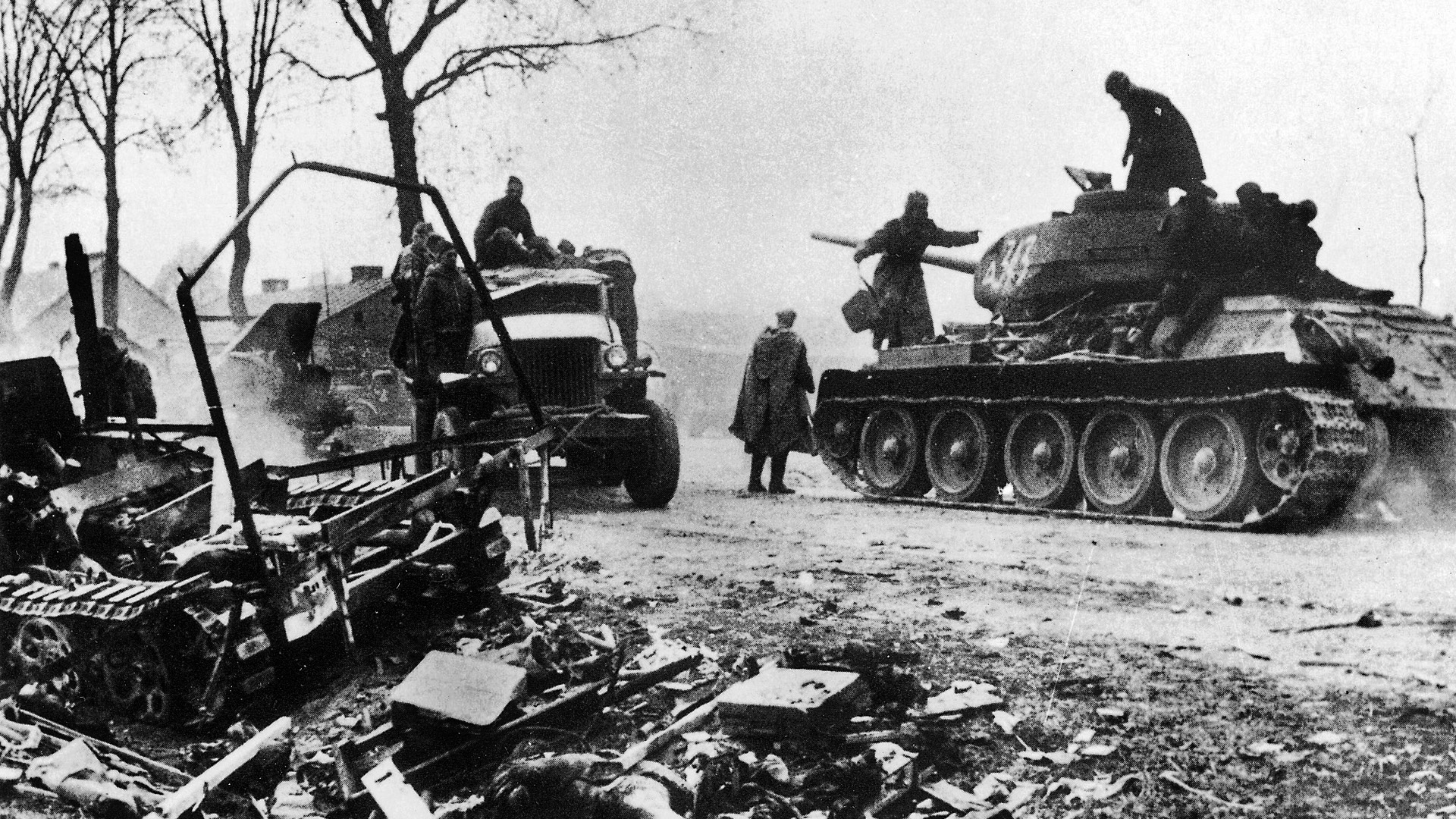
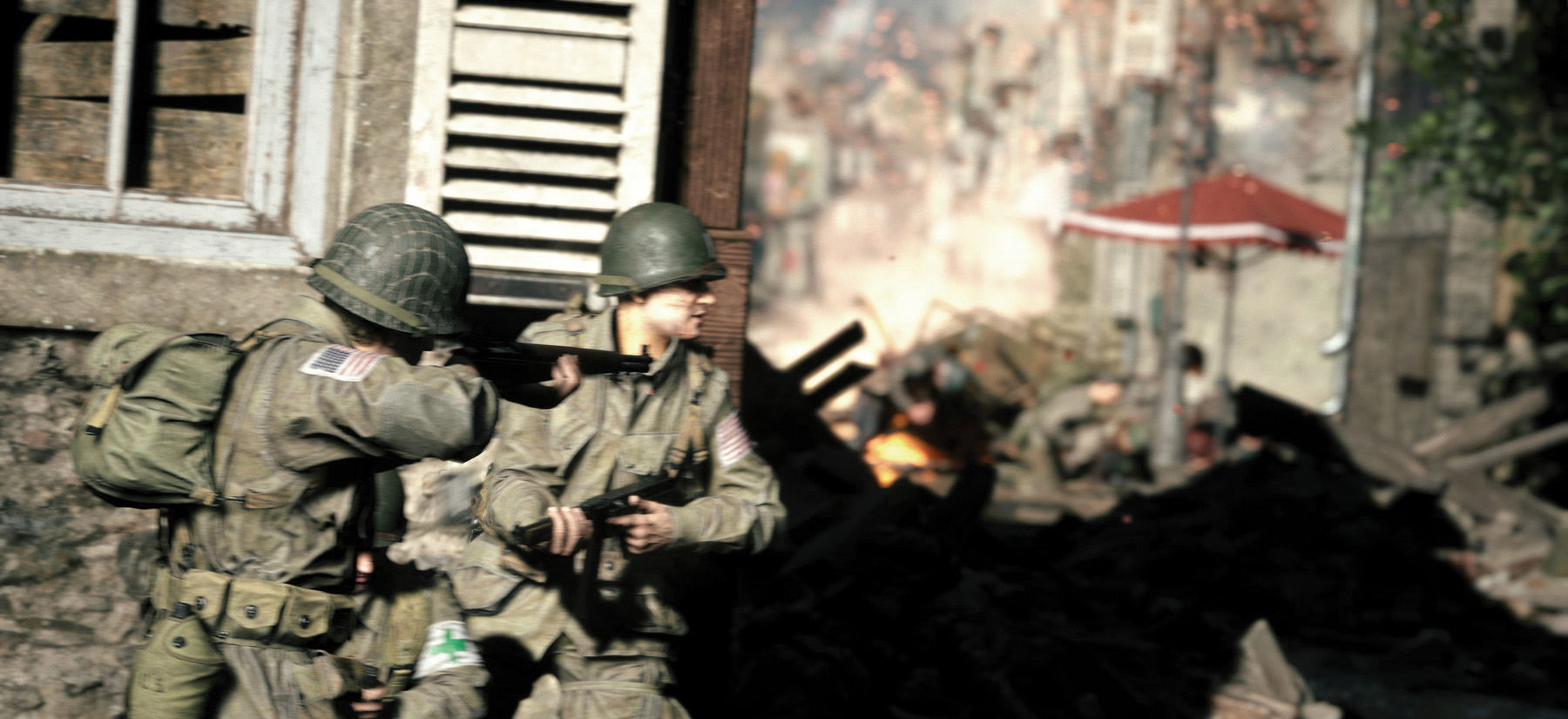
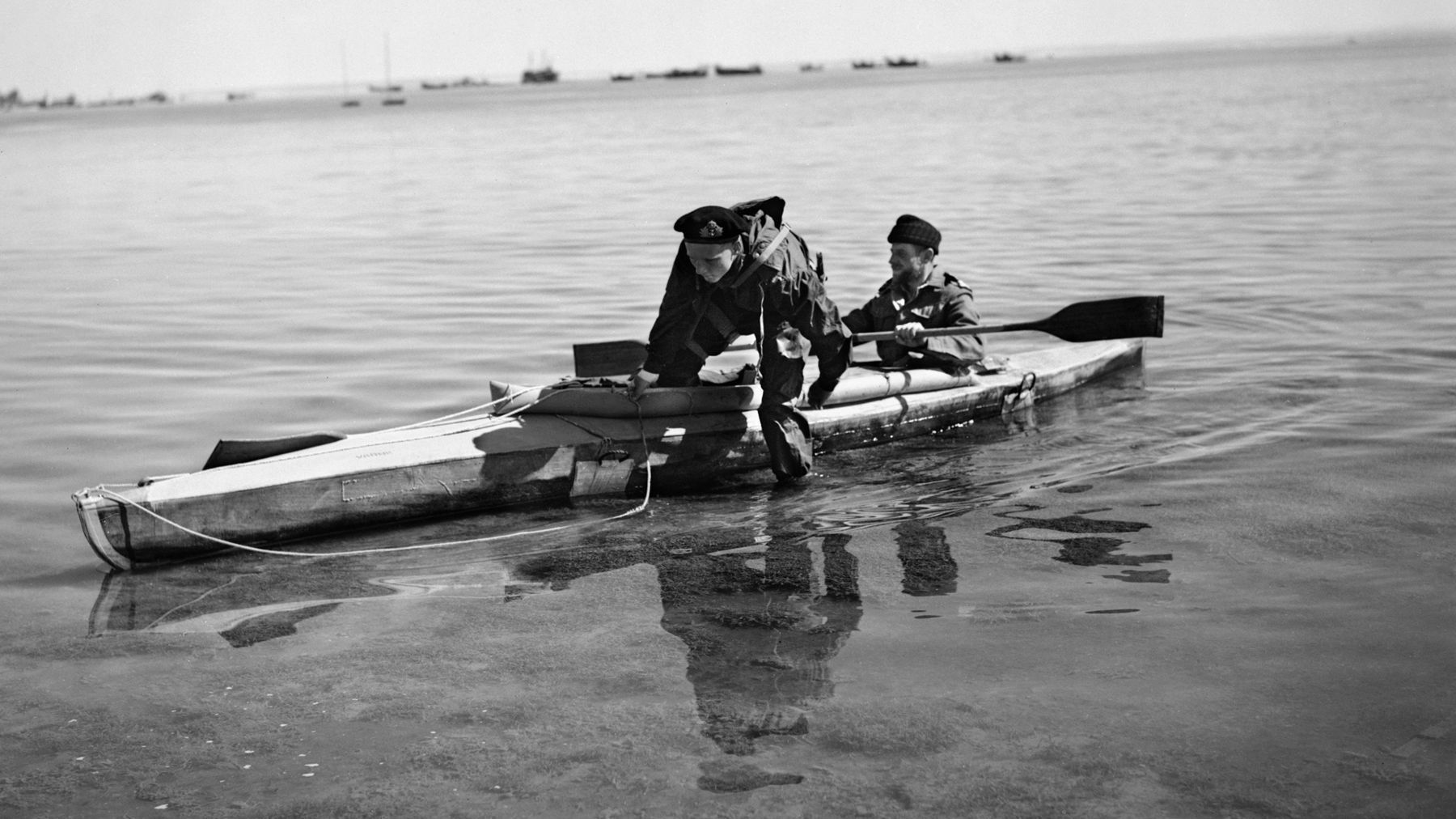
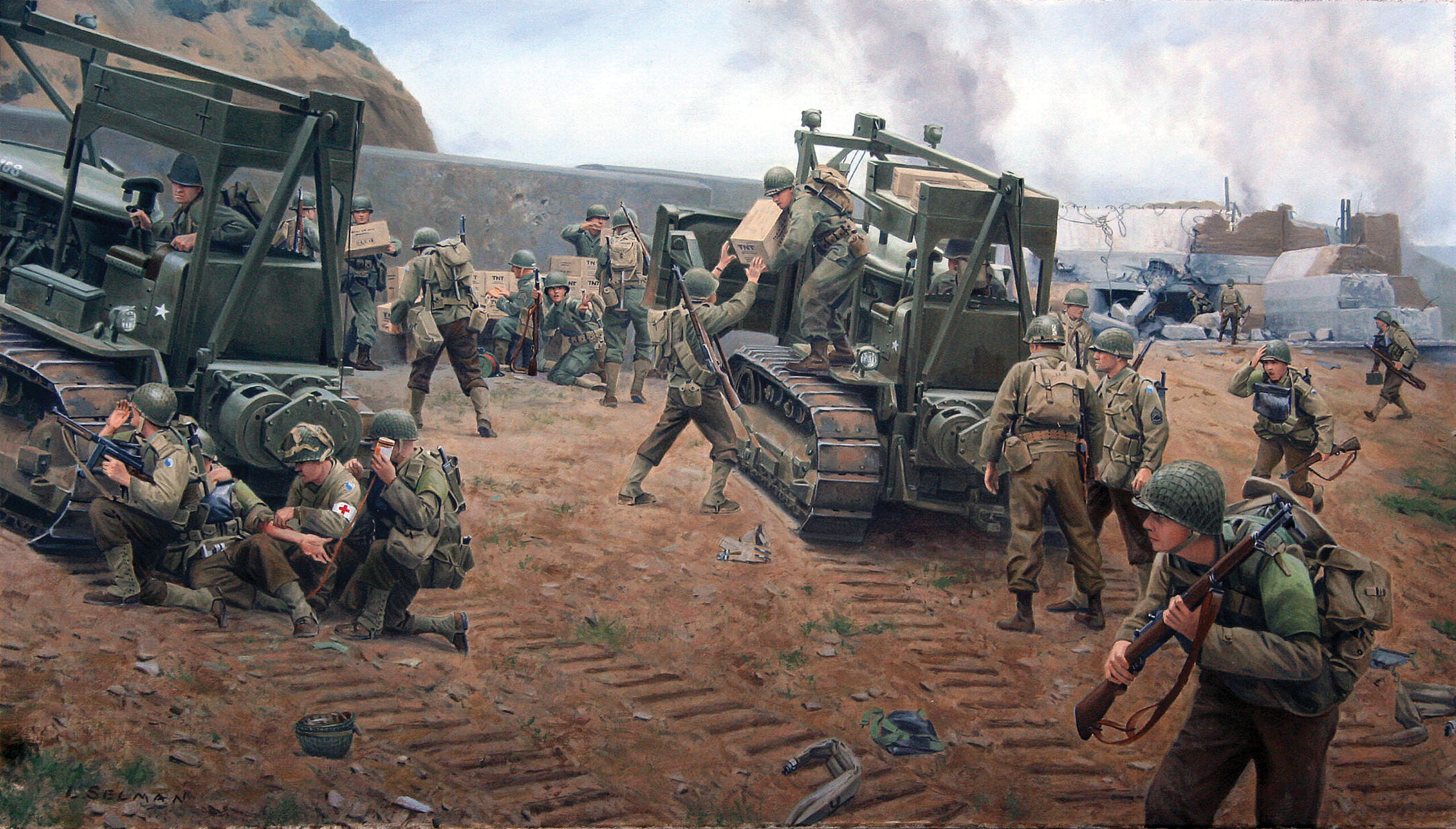
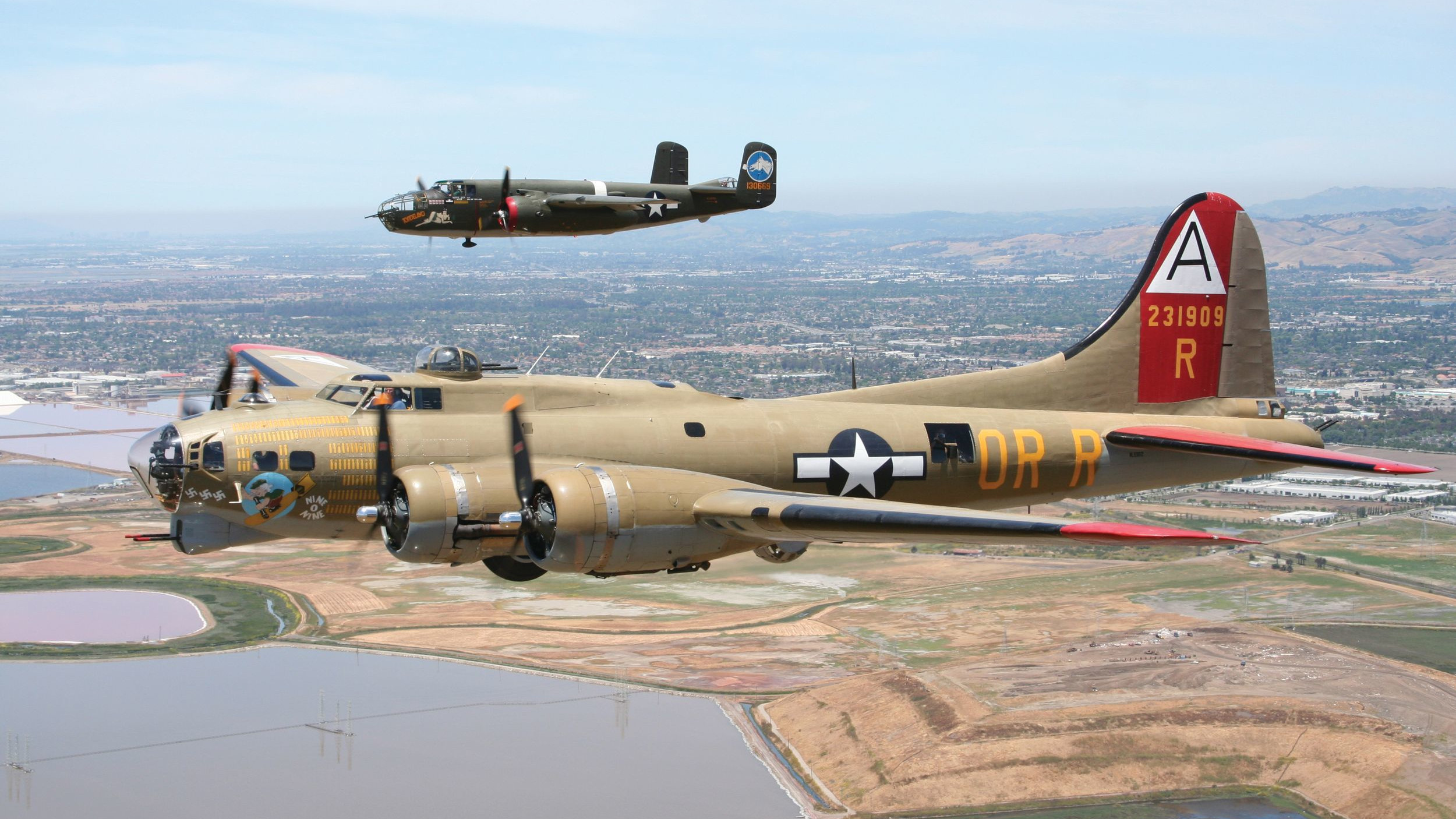
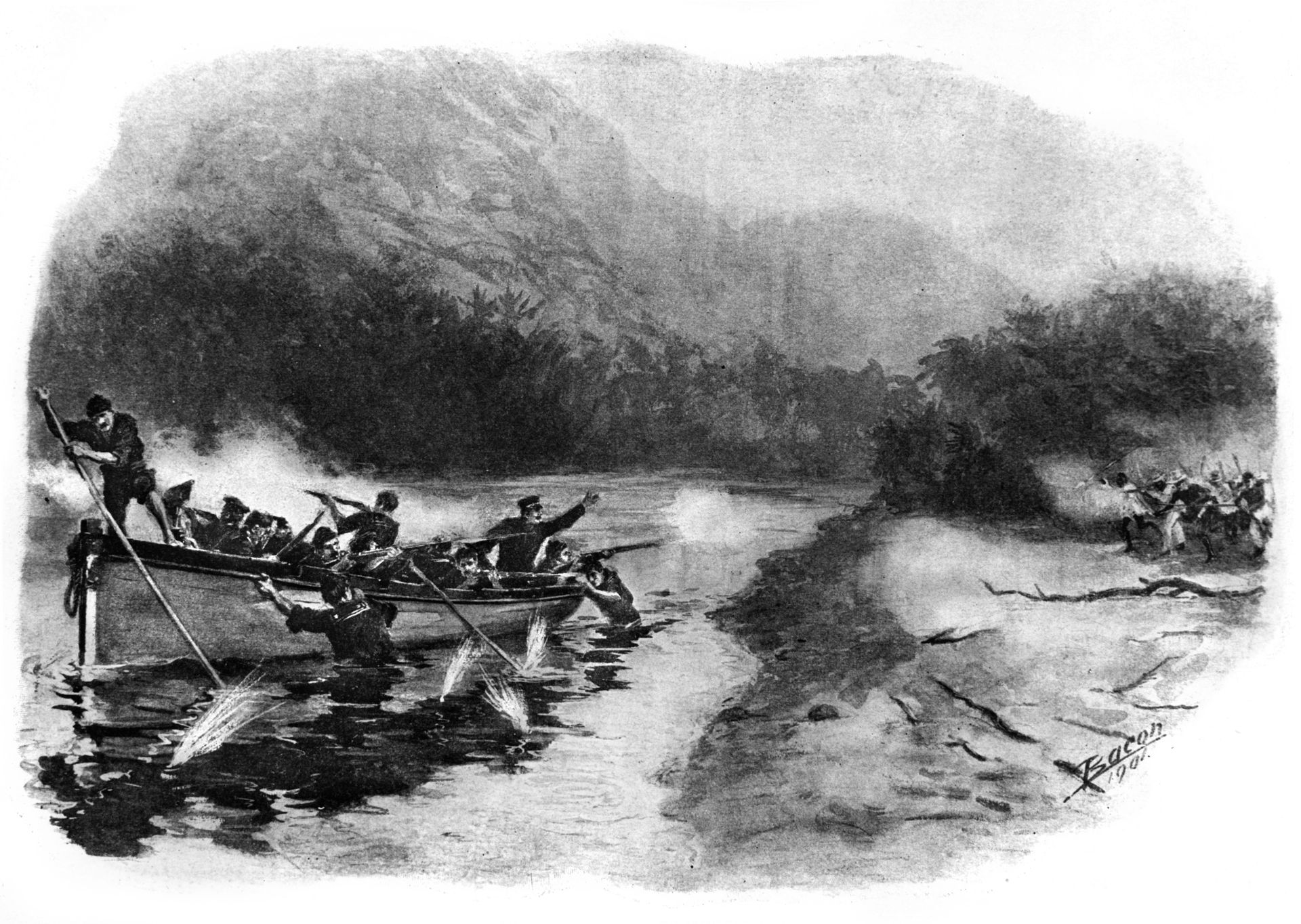
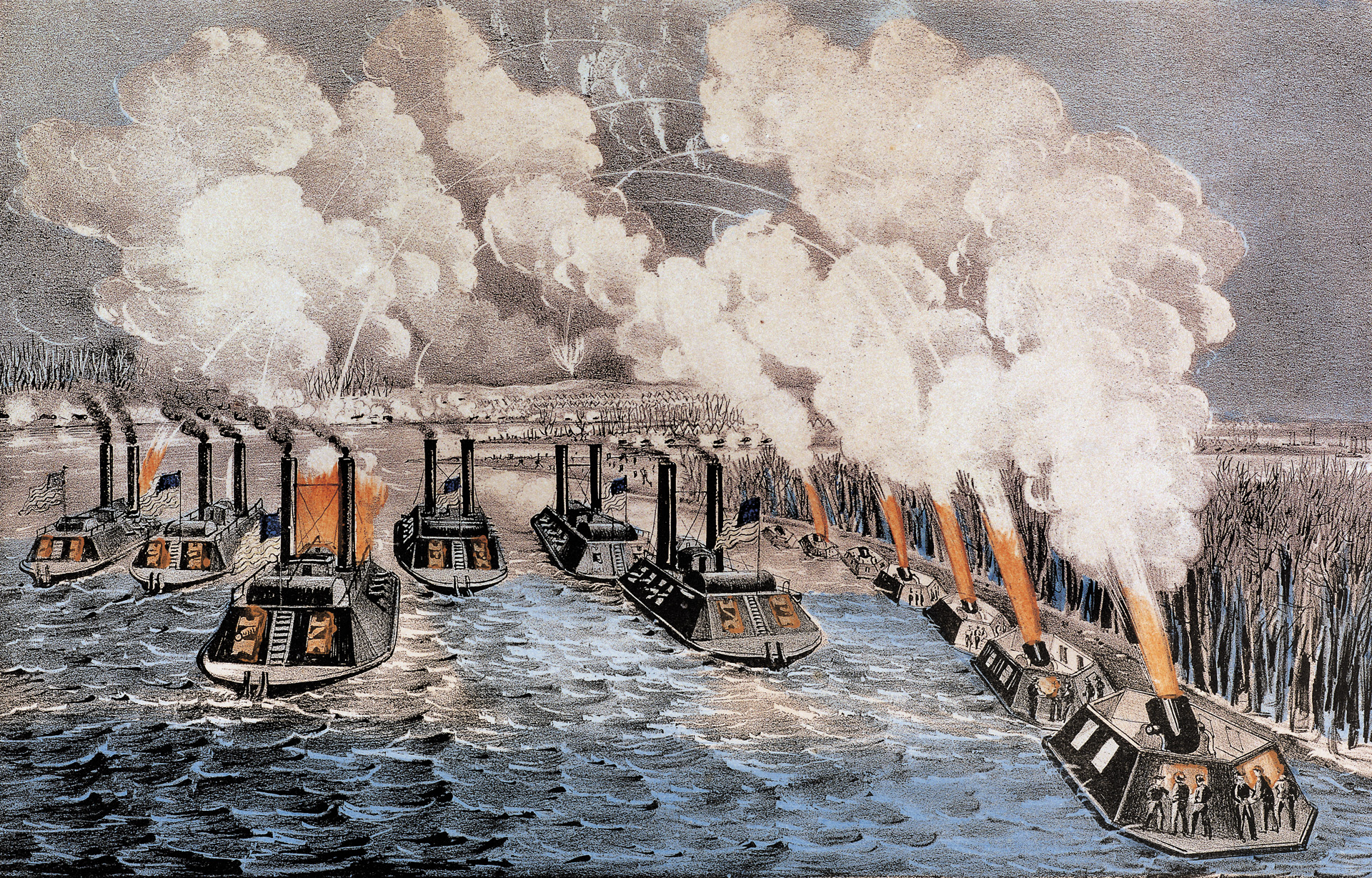
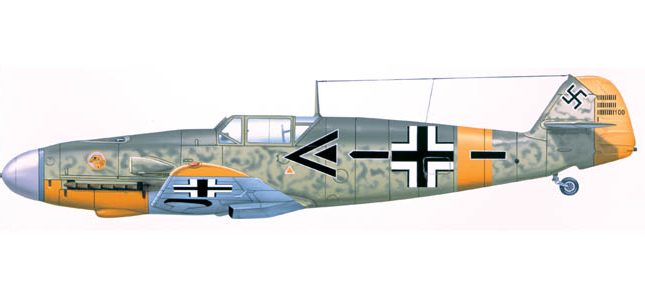
Join The Conversation
Comments
View All Comments